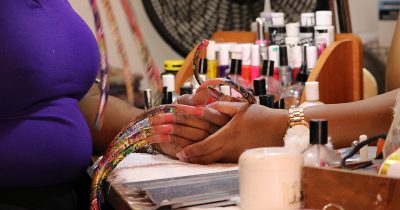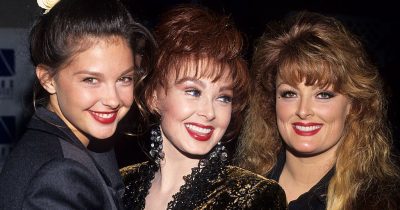
At least 1 133 people died and another good 2 500 was injured in the Rana Plaza catastrophe in Bangladesh, 24th of April 2013. What did they do there? They worked for fashion giants – and they had the lowest salaries in the world. Do you know where your clothes are being produced? Probably not. And the majority of us have no clue about that. That’s why Fashion Revolution is trying to raise awareness of the subject. The organization was founded as a result of the awful catastrophe in Bangladesh 2013 and they promote for everyone in the fashion chain to take their responsibility. From the first step in the production to the consumers at the end of the chain. And that’s an extremely important issue. The following video shows a clothing automatic in Berlin. The sign says that you’ll get one t-shirt for 2 euros (2 dollar) and, of course, a lot of people shows up hungry for a bargain. But when they put the money in the machine something happens – they see the person behind the clothes and a part of their life-story. What happens next shows that the founders of Fashion Revolution is spot-on.
Textile manufacturing in Bangladesh is particularly exposed. According to LO TCO employees in textile manufacturers have the lowest salaries in Bangladesh. The minimum wages were recently raised from 30 dollar per month to 60 dollar, but with the calculated living income to be 280 dollar. The conditions are miserable and the workers who lost their lives in the catastrophe in Rana Plaza was reportedly forced there by the employer – despite the fact that they knew about cracks in the building of concrete which tumbled.
But it’s not only in Bangladesh people work under slave-like conditions. A report from International Labour Organization states that 250 million children in the ages of 5 to 14 years old is forced to work in so-called developing countries. Scary numbers. And add the numerous amounts of women and men working in so-called sweatshops.
The worst of all is that it would take a comparatively small effort for all of us to make our world a little more human. Surveys find that us consumers gladly pay 15 percent more for a dress worth 120 dollar and 28 percent more for clothes worth 12 dollar if we know that everything is produced under fair conditions.
Another survey states that the “slave workers” salaries could double if the consumers pay 1,8 percent more for a garment.
The problem is that it’s extremely hard to know which clothes that have been produced under approved or good conditions. Expensive clothing brands ain’t “safer” than cheap ones. But it’s obvious that way too often it’s someone else that pay the price for our clothes.
And this is where Fashion Revolution is coming in. They want to draw attention to this question and raise our knowledge. They are convinced that people will reconsider before buying something if they are aware of how it is produced.
Share this important message with your friends in order to take a step towards a better world.




